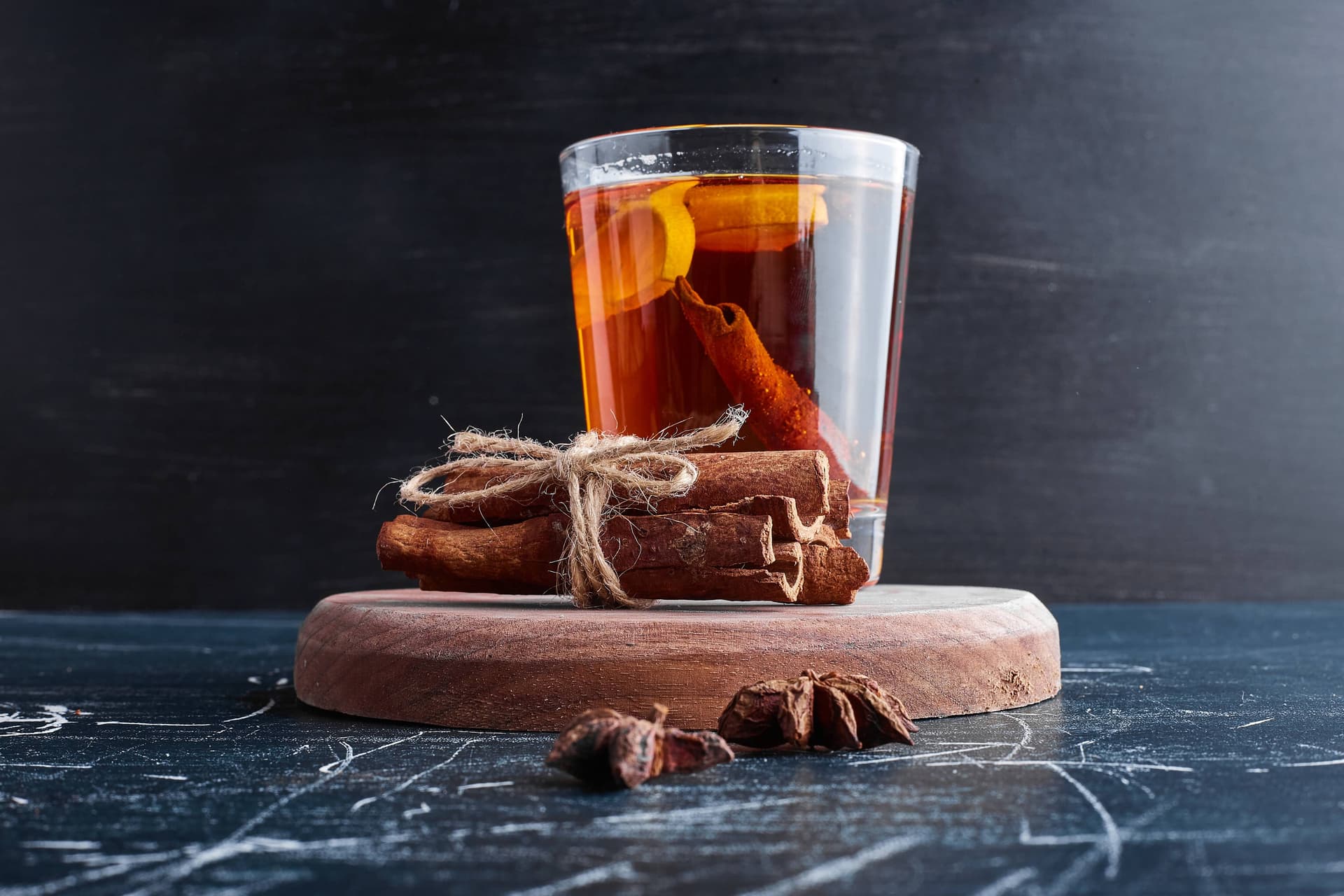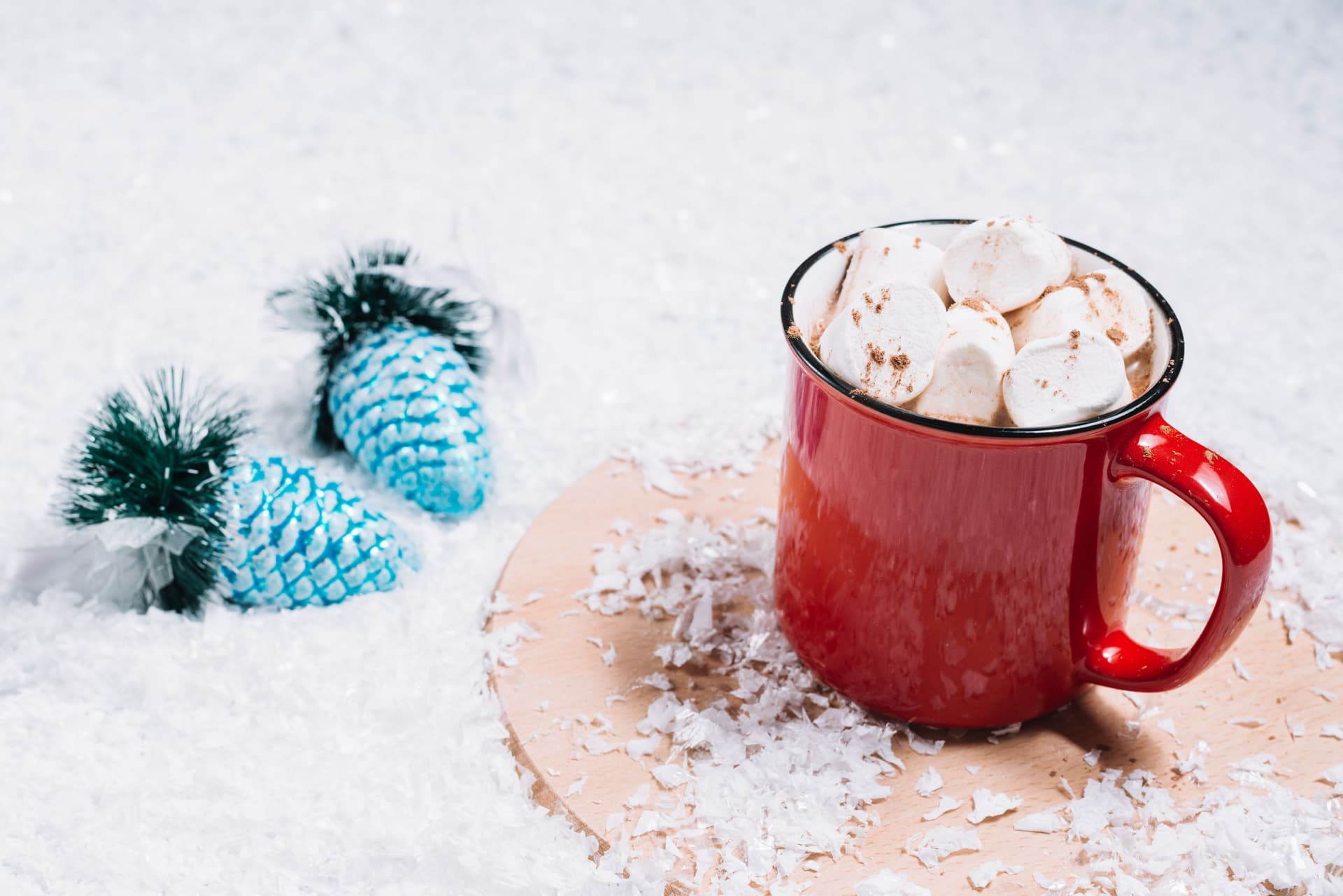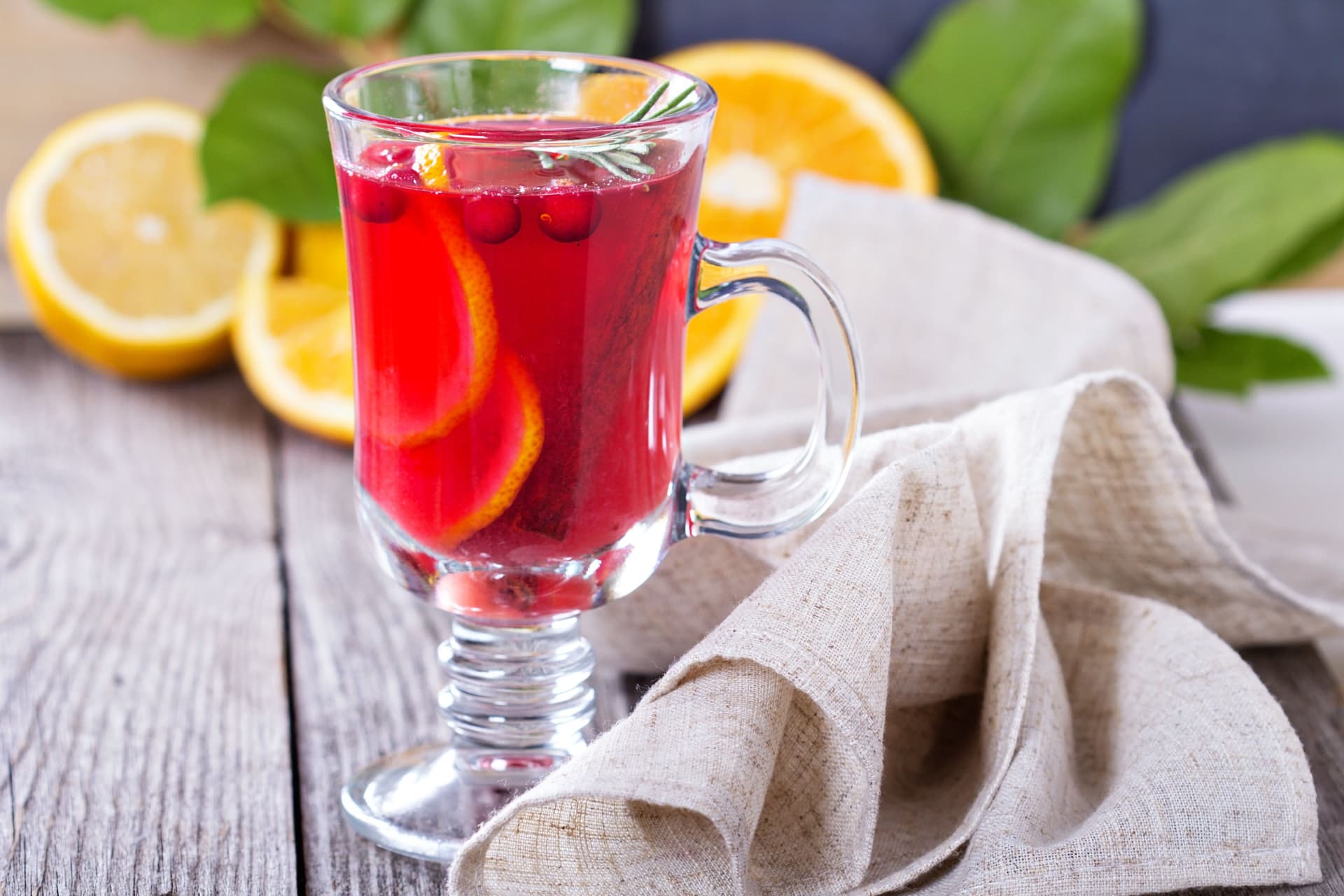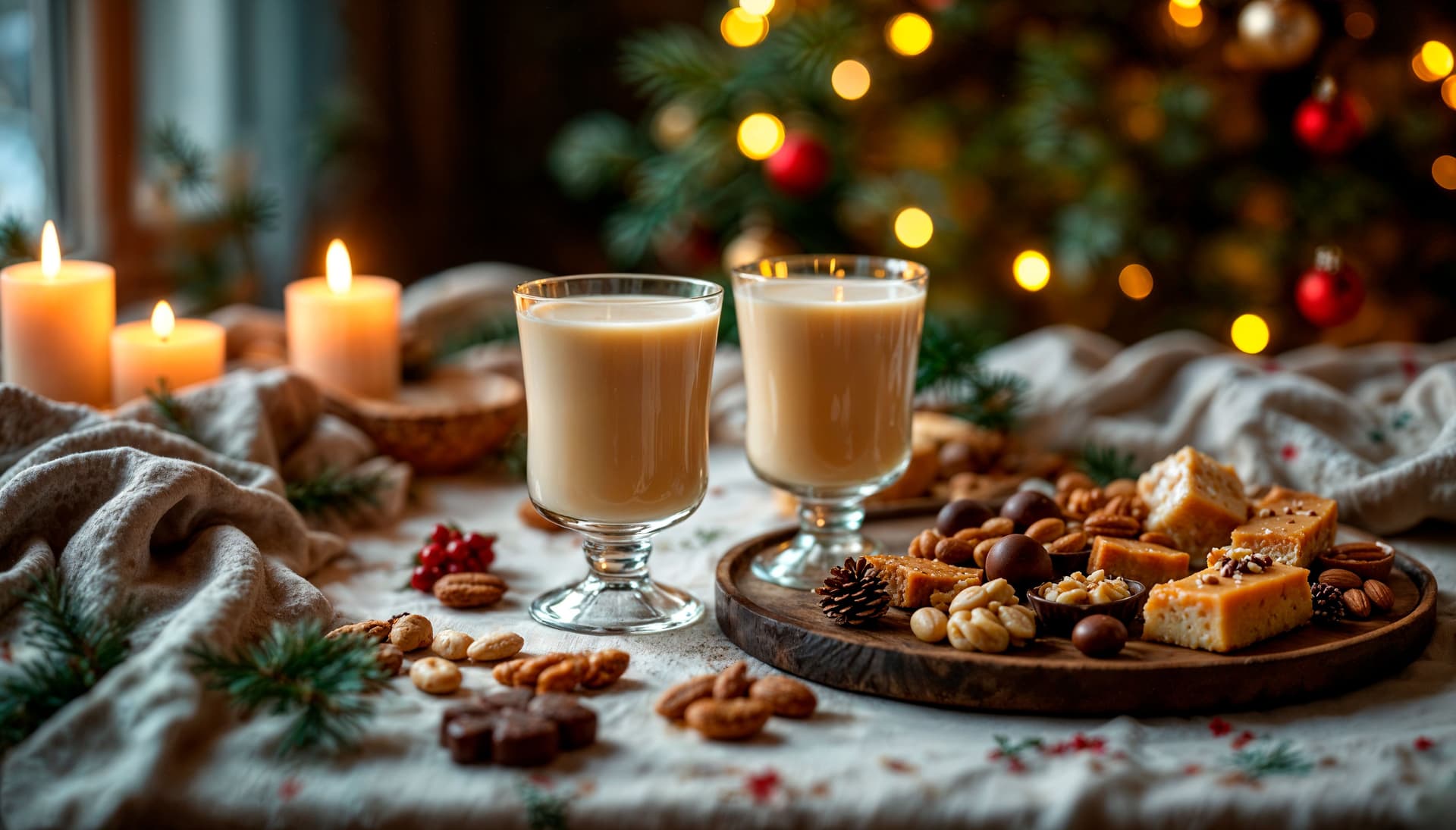What Cocktails Are Best For Winter? Tips To Plan Your Seasonal Menu
There are many varieties of cocktails, and each can be tailored to match the season, enhancing the overall serving of any gathering. For example, in autumn, certain seasonal cocktails complement the setting with their character and visually appealing presentation. Similarly, winter offers a distinct range of both classic and contemporary cocktails that are ideally suited for seasonal events.
Classic winter cocktails rely on traditional methods and ingredients, maintaining the structure and balance that make them familiar yet elegant. These drinks often stand out during gatherings because of their consistent quality, recognisable presentation, and the timeless appeal that guests can appreciate. Contemporary winter cocktails, on the other hand, explore innovative techniques and creative ingredient combinations, offering a new take on seasonal drinks. These modern variations regularly attract attention for their uniqueness, artistic presentation, and the way they can be customised to suit specific events or guest preferences.
Both classic and contemporary categories have their strengths in elevating a gathering when it comes to a winter theme. By understanding how these winter cocktails fit the seasonal function within the context of seasonality, hosts can select cocktails that create a balanced menu.

How To Choose And Plan A Winter Cocktail Menu?
1. Understand Seasonal Ingredient Availability
Selecting winter cocktails begins with awareness of seasonal ingredients. Fresh fruits, herbs, and locally available aromatic components define the quality and relevance of the drinks. Seasonal ingredients not only enhance the authenticity of the cocktails but also reduce preparation complexity by avoiding hard-to-source items. Hosts can plan around what is naturally abundant during the season, ensuring flavour integrity. Recognising ingredient availability helps in crafting classic and contemporary winter cocktails, maintaining consistency across multiple servings during gatherings.
2. Consider Flavour Balance And Complexity
When choosing winter cocktails, it is essential to focus on flavour balance. Classic options maintain familiar profiles, while contemporary creations allow experimentation with seasonal elements. Understanding the intended complexity helps in selecting drinks that are easy to serve in batches while remaining sophisticated. Recipients are more likely to prefer well-structured cocktails. This careful balance elevates the overall atmosphere of winter gatherings.
3. Plan Preparation Timing
Preparation timing is a critical factor when selecting winter cocktails. Some drinks require infusions or resting periods that cannot be hurried without affecting quality. Planning ahead allows hosts to manage tasks efficiently, reducing last-minute pressure during the event. Make-ahead strategies, including pre-batched syrups or partially prepared mixes, help streamline service without compromising presentation or taste. Understanding which cocktails require extended preparation versus immediate mixing ensures smooth execution and allows for consistent service.
4. Account For Serving Logistics
How you serve is as important as what you serve when it comes to cocktails. Consider the availability of appropriate glassware, ice management, and serving vessels that complement each drink’s design. Certain cocktails may need specific pouring or stirring techniques to preserve texture and aroma, which influences how efficiently they can be served. Understanding the flow of the event, whether table service or self-service, helps hosts decide which drinks are practical.
5. Match Cocktails To Guest Preferences
Selecting winter cocktails should take into account the preferences and expectations of the guests. Some may prefer classic drinks with familiar flavour profiles, while others may choose contemporary, experimental options that highlight seasonal ingredients. By evaluating guest expectations, hosts can curate a menu that appeals broadly while highlighting the seasonal character of the drinks.

8 Hot And Cold Options For Chilly Evenings
1. Espresso Martini Cocktail
The espresso martini cocktail blends rich coffee notes with subtle sweetness and smooth spirits, offering a velvety drink. Originating in the 1980s, it became popular as an after-dinner dessert. Traditionally garnished with three coffee beans, it is served chilled in a martini cocktail glass. Its balanced aroma and flavour make it suitable for indoor winter parties or sophisticated outdoor gatherings, providing cocoa flavours.
2. Hot Buttered Rum Cocktail
Hot buttered rum features a creamy, spiced flavour with unique undertones from melted butter, sugar, and dark rum. Dating back to colonial America, it was traditionally consumed during the winters as a popular beverage. Garnished with a cinnamon stick or grated nutmeg, it is served in a mug to retain its temperature.
3. Black Russian Cocktail
The black Russian cocktail presents a slightly bitter taste balanced by sweet liqueur and vodka. It was created in the late 1940s, named for its colour and vodka base, reflecting Eastern European mixology trends. Typically served over ice in a rocks glass, it can be garnished with a cherry for visual contrast. Its simplicity makes it versatile for winter gatherings, while its striking appearance works well for aesthetics.
4. Rum Hot Chocolate Cocktail
Rum hot chocolate combines the creamy sweetness of chocolate with the depth of dark rum, creating a rich, layered drink ideal for winter. While hot chocolate has centuries-old European origins, adding rum transforms it into a unique dessert cocktail. Garnish options include whipped cream, shaved chocolate, or a cinnamon stick, served in mugs to preserve temperature.

5. Irish Coffee Cocktail
Irish coffee cocktail combines smooth coffee, dark spirits, and lightly whipped cream for a balanced, sweet-bitter taste with alcohol. Originating in the 1940s to serve travellers at an Irish airport, it became a winter classic. Traditionally garnished with cream floated on top, it is served in glass mugs to maintain temperature. Its aromatic coffee notes paired with spirits suit indoor brunches or outdoor winter terraces.
6. Spiced Citrus Whisky Cocktail
The spiced citrus whisky cocktail combines whisky with zesty citrus notes and subtle aromatic spices for a balanced, layered drink. Emerging from modern winter mixology trends, it highlights seasonal ingredients while maintaining flavours. Its alcohol, aromatic presence, and sophisticated presentation make it ideal for festive winter celebrations, offering guests a refined alternative among both classic and contemporary seasonal cocktails.
7. Maple-Infused Gin Cocktail
The maple-infused gin cocktail combines subtle sweetness from maple syrup, creating a rich, layered drink ideal for winter gatherings. Its origin traces to modern adaptations of traditional gin cocktails, designed to highlight seasonal ingredients. Garnished with a twist of orange peel or a sprig of rosemary, it is served in a rocks or lowball glass to showcase its amber hue.
8. Frosted Berry Cocktail
The frosted berry cocktail delivers a crisp, lightly sweet taste with subtle acidity. Emerging from contemporary mixology trends, it combines visually striking presentation with versatile flavours. Garnished with sugared berries or a twist of citrus, it is served in chilled coupe or martini cocktail glasses. Its vibrant colour contrasts with winter decor, making it ideal for indoor parties or outdoor winter soirées.

Key Takeaways
- Proper preparation techniques, such as shaking, stirring, or infusing, are critical to achieve the desired texture and flavour integration.
- Temperature control is essential; hot drinks must retain temperature, while chilled options should preserve clarity and crispness.
- Texture plays a key role, from creamy and smooth to lightly effervescent, complementing flavour layers and improving the drink menu.
FAQs On Winter Cocktails
Q1. Why focus on temperature in winter drinks?
Hot drinks must retain heat to provide seasonal appeal, while cold beverages need to preserve chill and clarity for a contrast.
Q2. How does texture influence winter drinks?
Texture enhances the drink, whether creamy, frothy, smooth, or effervescent, complementing flavours and making the drink more flavourful.
Q3. Can seasonal ingredients be used in making winter cocktails?
Yes, seasonal fruits, spices, and aromatic elements can be incorporated to reflect winter flavours and elevate presentation.
*Drink Responsibly. This communication is for audiences above the age of 25.




